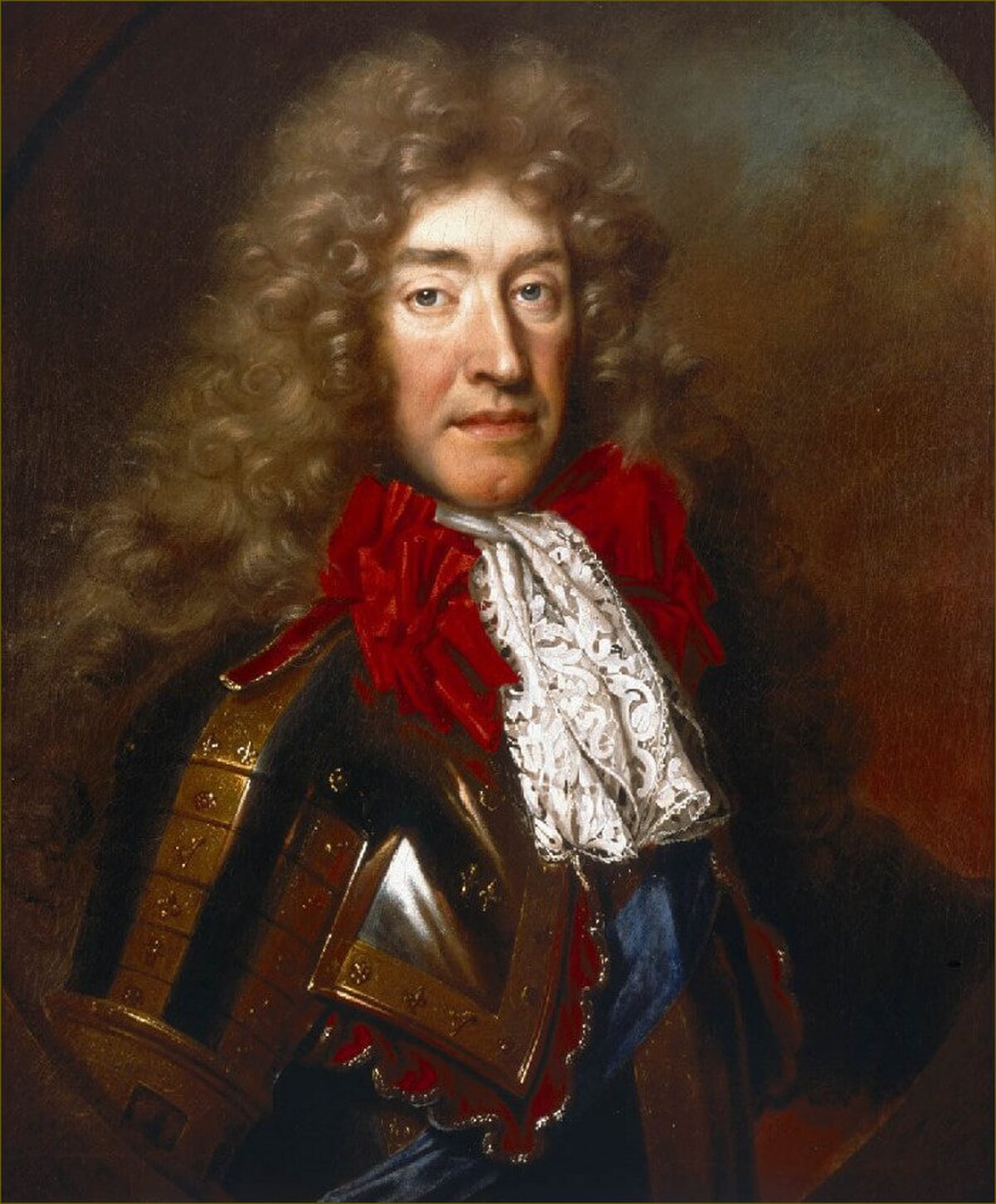
Glorious Revolution in Scotland
Scotland, UKThe Glorious Revolution in Scotland was part of the wider 1688 revolution that replaced James VII and II with his daughter Mary II and her husband William III as joint monarchs of Scotland and England. Despite sharing a monarch, Scotland and England were separate legal entities, and decisions in one did not bind the other. The revolution confirmed parliamentary supremacy over the Crown and established the Church of Scotland as Presbyterian.
James became king in 1685 with considerable support, but his Catholicism was controversial. When the Parliaments of England and Scotland refused to remove restrictions on Catholics, James ruled by decree. The birth of his Catholic heir in 1688 sparked civil disorder. A coalition of English politicians invited William of Orange to intervene, and on November 5, 1688, William landed in England. James fled to France by December 23.
Despite Scotland's minimal involvement in the initial invitation to William, Scots were prominent on both sides. The Scottish Privy Council asked William to act as regent pending a Convention of the Estates, which met in March 1689 to settle the matter. William and Mary were declared joint monarchs of England in February 1689, and a similar arrangement was made for Scotland in March.
While the revolution was quick and relatively bloodless in England, Scotland experienced significant unrest. A rising in support of James caused casualties, and Jacobitism persisted as a political force. The Scottish Convention declared James had forfeited the throne on April 4, 1689, and the Claim of Right Act established parliamentary authority over the monarchy.
Key figures in the new Scottish government included Lord Melville and the Earl of Stair. Parliament faced a stalemate over religious and political issues but eventually abolished Episcopacy in the Church of Scotland and gained control over its legislative agenda.
The religious settlement was contentious, with radical Presbyterians dominating the General Assembly and removing over 200 conformist and Episcopalian ministers. William attempted to balance tolerance with political necessity, restoring some ministers who accepted him as king.
Jacobite resistance persisted, led by Viscount Dundee, but was largely quelled after the Battle of Killiecrankie and the Battle of Cromdale. The Glorious Revolution in Scotland confirmed Presbyterian dominance and parliamentary supremacy, but it alienated many Episcopalians and contributed to ongoing Jacobite unrest. In the long term, these conflicts paved the way for the Acts of Union in 1707, creating Great Britain and resolving issues of succession and political unity.
Ask Herodotus
HistoryMaps Shop

Heroes of the American Revolution Painting
Explore the rich history of the American Revolution through this captivating painting of the Continental Army. Perfect for history enthusiasts and art collectors, this piece brings to life the bravery and struggles of early American soldiers.








